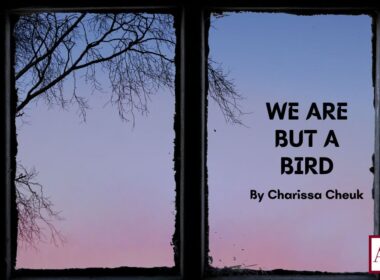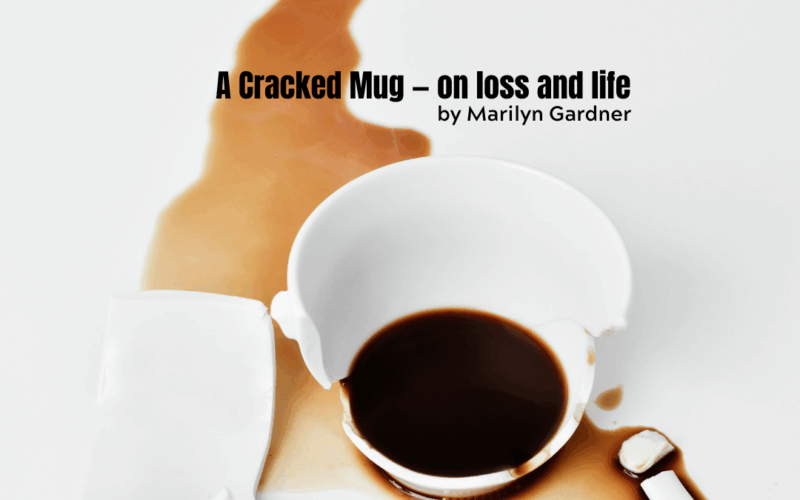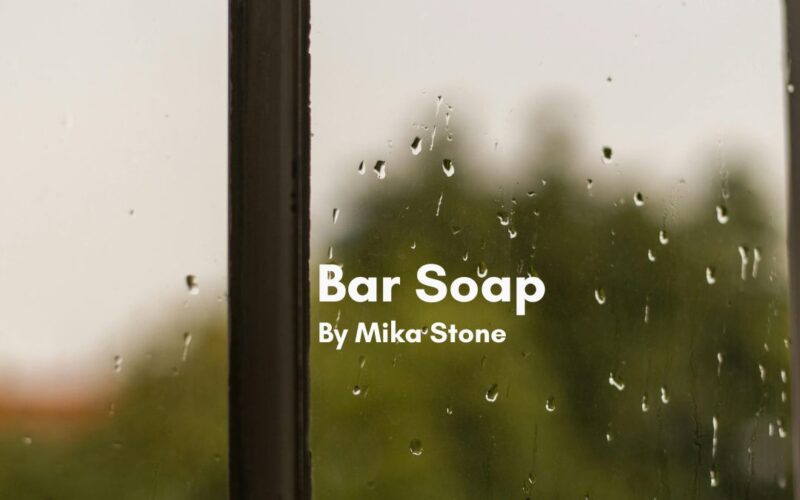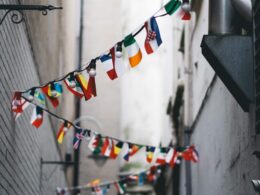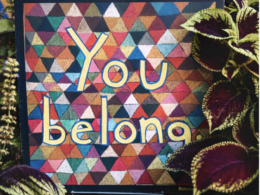This week, we have pulled a treasure from the archives. As ATCKs, we have an item (or maybe more) that brings back memories of places and people we call home. In Marilyn Gardner’s personal essay from March 2020, we find it to be a gift from a friend. Marilyn weaves a story around this gift that broke. This story reflects the heart of an ATCK.

Eight years ago, my friend Mary gave me a giant mug as a hostess gift. She had come from Egypt to Boston for a conference, and our apartment in Cambridge provided a perfect place and easy access to the conference. The mug was not just any mug—it was from the Starbucks country collection, or “You Are Here” mugs, so along with it being sixteen ounces, it also had a picture of the pyramids and the word “Egypt” in large letters across it.
It quickly became my favorite mug. Curling up every morning with a homemade latte, a journal and pen in hand, is how I have started most mornings since the week she visited. It has been my routine wherever I’ve been in the world. It is a routine that easily transferred to my life in Kurdistan. While I can’t get the same coffee and my foam maker burnt out within a month, I’ve found substitutes and it has been a wonderful comfort as I adapt to life in Rania.
Until this morning…
As I poured the hot coffee into the mug, it began leaking out the bottom. Startled, I ran for a saucer. There above the coffee mark was the unmistakable sign of a crack, and clearly a deep one. I transferred the coffee to another cup and took a look. The crack was beyond repair. My beloved mug was finished. I would no longer be able to use it for my morning coffee.
I sighed and then I cried. The tears fell freely, as if they’d been trapped too long and needed an excuse. In all of our lives, there are items we own that represent people, places, or events that are much bigger than what you see on the surface. This mug not only reminded me of one of my favorite places—it represented my life before Massachusetts. It reminded me of a world that was hidden, visible only through photo albums and occasional retelling of old stories, told a thousand times before. It reminded me that my life in Egypt was a significant period of time—a time of birthing babies and young motherhood, a time of learning what it was to live overseas as an adult, a time of joy with a growing family. It reminded me of my friendship with Mary, the one who gave me the mug. Mary was present at the births of my two youngest children. We were nurses together in Egypt and our kids spent hours playing together while we solved a good number of the world’s problems.

To see that mug crack made me feel all of life’s cracks and broken pieces. I felt all over again the hurt of goodbyes and the long process of new hellos. I felt the stinging intensity of starting anew and the difficulty of keeping up friendships far away. I felt the sadness of living between worlds, the diaspora blues of being “too foreign for home, too foreign for here, never enough for both” (Ijeoma Umebinyuo, Questions for Ada). I felt the emptiness of lost friendships and the scars of ruined relationships. All of this came over me as I surveyed the spilt coffee and the cracked mug.
I felt so, so sad.
It’s now several hours later, and I still feel myself on the brink of tears. What I wish I could do with this old, beautiful Egypt mug is to mend it with gold, the Japanese art of kintsugi. Instead of throwing away the object that has cracked and broken, this restores the piece, making it even more interesting and beautiful. The focus becomes the cracks and the scars. My mug deserves that sort of care, deserves to be an object of interest and pride, like a mended tea pot that I have owned for years and carried around the world. The teapot was broken into many pieces, but painstakingly mended with large metal clips and a metal bottom put on it to make it stronger.
Though broken and having little of its original beauty, it is so much more interesting and represents so well the human condition. Despite the original break, despite the cracks, it continues to be useable and stronger than if it had never been broken. I won’t be able to do that, but I will keep the mug. Instead of using it every morning, sipping my morning coffee as I begin the day, I will put it on my desk. I will use it for pencils and pens—a repurposed memory bank. It deserves at least that. And, like the teapot, it will serve as a continual reminder that the circumstances in life can crack and mar us, but they don’t get to destroy. They don’t, and never will, have that kind of power.

Marilyn is a public health nurse and writer who grew up in the country of Pakistan and has lived and worked in Pakistan, Egypt, the Kurdish Region of Iraq, and five different states in the United States. Her one claim to fame is birthing five kids on three continents and living to tell the wonderful stories of their births. She is the Director of Clinical & Cross-Cultural training at Community Workforce Institute, a Cambridge, MA based company. She loves her passport, family, and God in reverse order.
Marilyn has written two books – Between Worlds: Essays on Culture and Belonging and Worlds Apart – A Third Culture Kid’s Journey and editeda cookbook based on her work in community recovery called One Cup at a Time – Recipes for Recovery. She has also written chapters for several TCK books and an academic textbook Foundations for Community Health Workers. Her essays can be found in Plough Magazine, Fathom Magazine, Among Worlds Magazine, A Life Overseas Community Blog, and her own blog – Communicating Across Boundaries.





